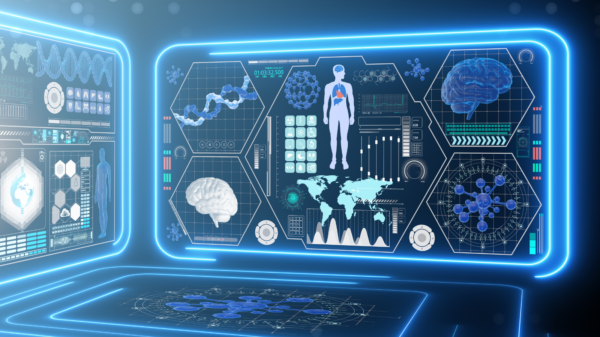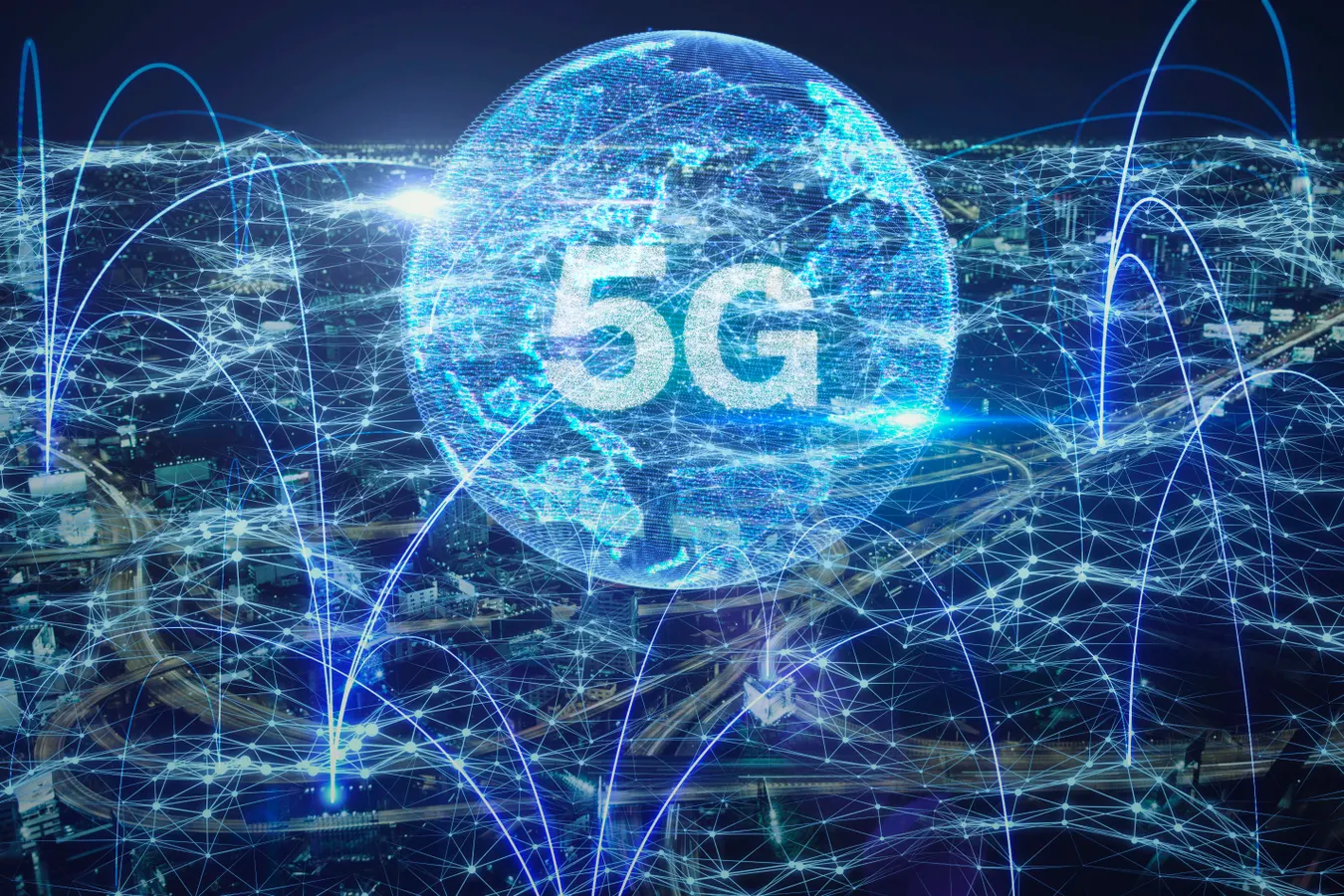The 5G Era: How Faster Connectivity is Transforming Computing
In today’s fast-paced digital world, connectivity is everything. From smartphones to smart homes, we rely on a strong and reliable internet connection to stay connected and access information at our fingertips. With the advent of 5G technology, the way we compute and connect is about to undergo a profound transformation.
The Promise of 5G
5G, or the fifth generation of wireless technology, promises to deliver faster speeds, lower latency, and more reliable connections than ever before. With speeds up to 100 times faster than 4G, 5G will enable us to download movies in seconds, stream high-quality content without buffering, and connect multiple devices simultaneously without any lag.
But the impact of 5G goes beyond just faster internet speeds. It has the potential to revolutionize the way we compute and interact with technology.
Transforming Mobile Computing
With 5G, mobile computing will reach new heights. The increased bandwidth and lower latency of 5G will enable us to seamlessly run complex applications and access data-intensive services on our smartphones and tablets. This means we can expect more immersive augmented reality (AR) and virtual reality (VR) experiences, real-time gaming with minimal lag, and faster cloud-based services.
Moreover, the low latency of 5G will pave the way for new innovations in mobile computing, such as autonomous vehicles and remote healthcare. With near-instantaneous communication between devices, autonomous vehicles can make split-second decisions and react to their surroundings in real-time. Similarly, doctors can perform surgeries remotely using robotic arms, with the help of 5G’s low latency and high reliability.
Empowering the Internet of Things (IoT)
The Internet of Things (IoT) is set to explode with the advent of 5G. With its ability to connect billions of devices simultaneously, 5G will enable seamless communication and coordination between smart devices, from smart homes to smart cities. This means we can expect more efficient energy management, improved traffic flow, and enhanced public safety.
For example, in a smart home powered by 5G, your refrigerator can automatically order groceries when it detects that you are running low on supplies. Your thermostat can adjust the temperature based on your preferences and the weather forecast. And your security cameras can send real-time alerts to your smartphone when they detect any suspicious activity.
Enabling Edge Computing
Edge computing, which brings computing power closer to where data is generated, will become more prevalent with 5G. The low latency and high bandwidth of 5G will enable real-time processing and analysis of data at the edge, reducing the need to send data back and forth to the cloud.
This has significant implications for industries such as autonomous vehicles, manufacturing, and healthcare. For example, in autonomous vehicles, edge computing powered by 5G can enable real-time decision-making, ensuring the safety and efficiency of self-driving cars. In manufacturing, edge computing can enable predictive maintenance, reducing downtime and improving productivity. And in healthcare, edge computing can enable real-time monitoring and analysis of patient data, improving the quality of care.
Conclusion
As we enter the 5G era, faster connectivity is set to transform computing as we know it. From mobile computing to the Internet of Things and edge computing, it will enable new possibilities and innovations that were once unimaginable. It’s an exciting time to be a part of the digital revolution, and we can’t wait to see what the future holds.




































